A new life in an old village: a home for less than €1000
Journo Birds: September 27, 2023
Welcome back to Moldova Matters! This article, in our new Culture section, is written (and filmed) by Journo Birds. Moldova Matters is collaborating with Journo Birds to bring their great content about culture and life in Moldova to our readers. You can follow Journo Birds directly on Medium, youtube or facebook.
Buying and fixing abandoned houses is catching on in Moldova.
“I bought three houses, and I am planning to buy three more to own the whole street,” Cristian Panuta tells us while we shove ourselves through the bushes in Naslavcea, a small Moldovan village at the border with Ukraine. With slippers and a rolled cigarette between his fingers, he doesn’t look like the typical real estate mogul. Three years ago, his houses cost €600, €750, and €1000, plus thousands for paperwork.
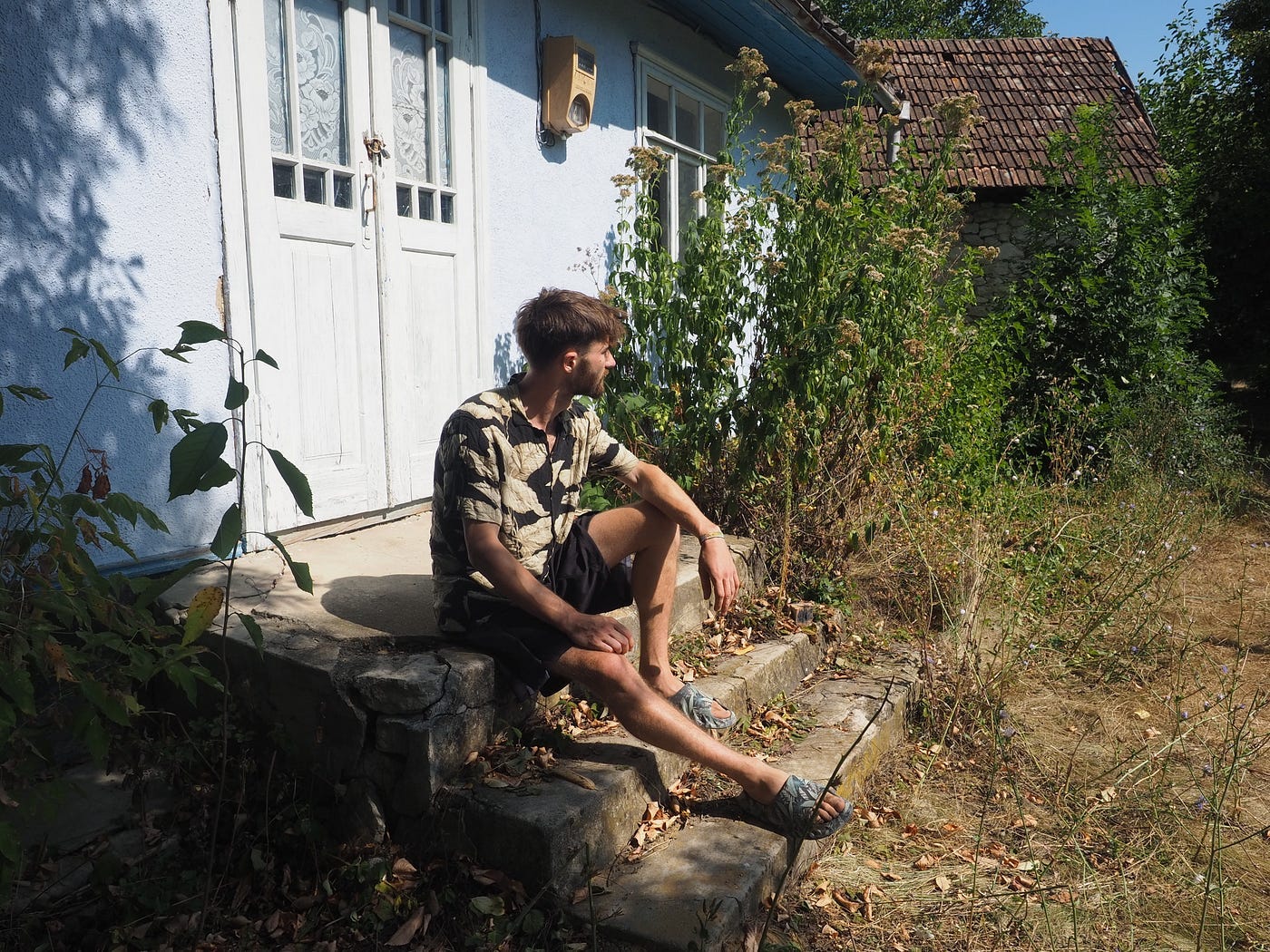
The first one is a beautiful light blue, with a view of the hills. He renovated it himself. “I came to visit a friend here and discovered this house,” he remembers. Cristian soon bought two more nearby. He works in wintertime and takes care of his property in summer.
The houses came with rubbish, old photos, clothes, and dishes. Cristian learned that one young family regretted selling their little pink-walled house. Another previous owner said he never wanted to return as he handed Cristian the keys.
Currently, with some 2.5 million people, Moldova survived a mass emigration wave. The population dropped by a million within the past two decades. Some went for better pay. Some to follow others. Cristian left, too, but came back seven years later to follow his dream.
As people emigrated, the real estate prices dropped. Only a few years ago, an old abandoned house could cost less than a flight to the US, but Moldova has quickly been moving closer to the European Union in recent years, and the prices are going up.
Nature is taking over
Naslavcea is a charming but remote place. The train on a slope makes it Legoland-like. Instead of children’s laughter, we hear crickets chirp and dogs bark.
It must have once been full of life. Pigs, cows, and chickens were part of the scenery. Now, leafy branches stretch into the living rooms through fallen roofs — the grass peaks in through broken windows. Nature is taking over — one of the reasons Cristian fell in love with the place. Locals know the village for its heart-shaped island and the lake with clear blue water. He warns us about the wasps (the size of a child’s thumb!) and rats (we didn’t see any). Still, we feel the charm of this place. We get it.
As an explorer and a licensed pilot, Cristian always looked for a “retreat space,” a place to be away from noise.
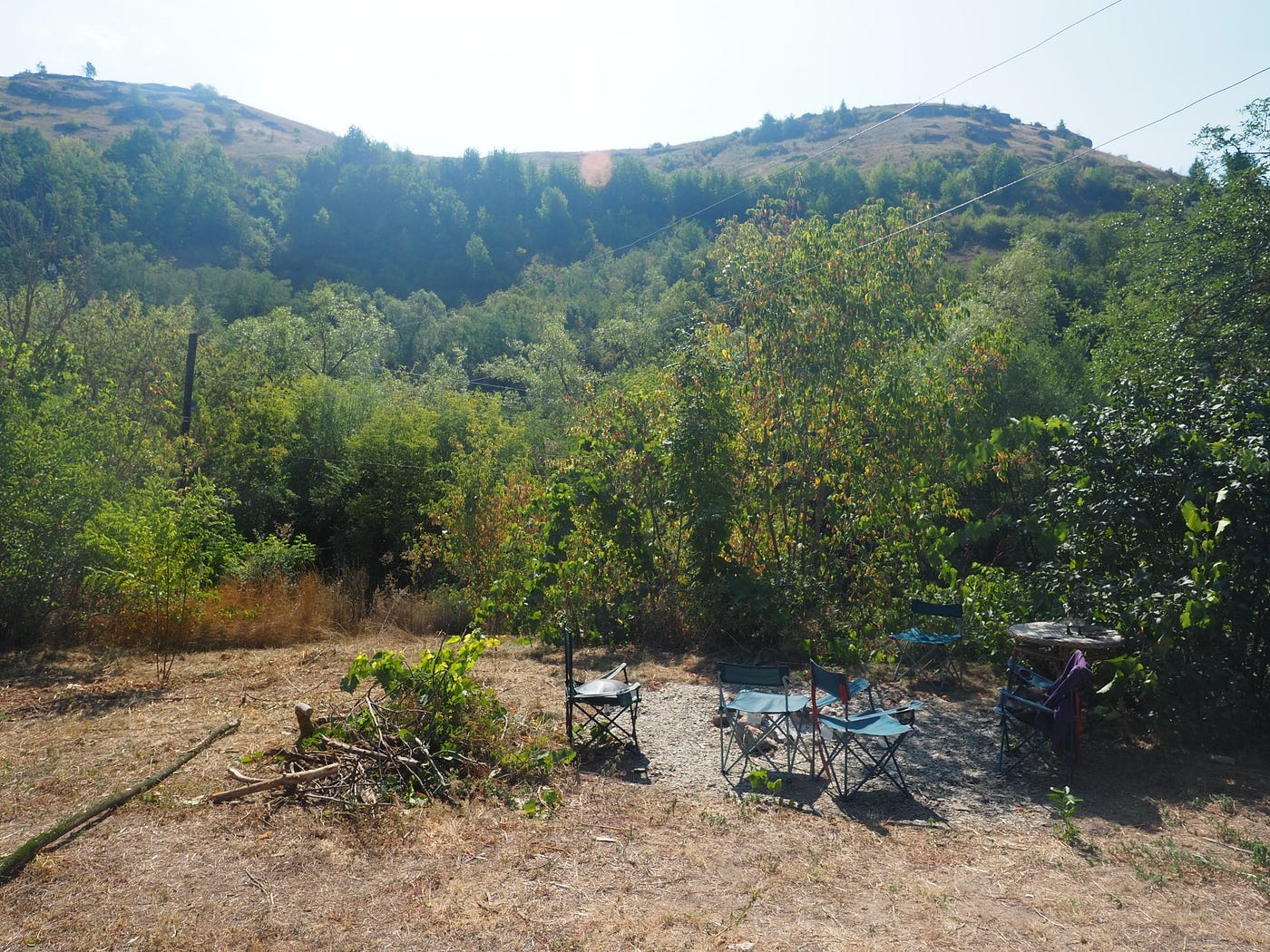
He takes us to his favorite spot by the river Dniester. Quickly, he dips in. As we watch him wiggle in the river's strong current, it feels like the end of the world. On the hill, we see one of the first Christian monasteries in the area, which Dniester monks built.
When the war in Ukraine started, you could see men swimming or rowing across the river that separates Moldova from Ukraine. They would have to pay for a boat ride running from the war. Cristian tells us one trip could cost thousands while wrapping a towel around his head. It was cold. Right now, everything is calm and hot, 35 degrees Celsius.
Despite the tragedies, Cristian sees potential here: views, hills, surprises of nature, and fresh homegrown food. We nod and feel slightly jealous of his adventure and sense of purpose. He has doubts when he hears his friends traveling around. “I would like to travel again, but now I must think about my houses,” he admits.
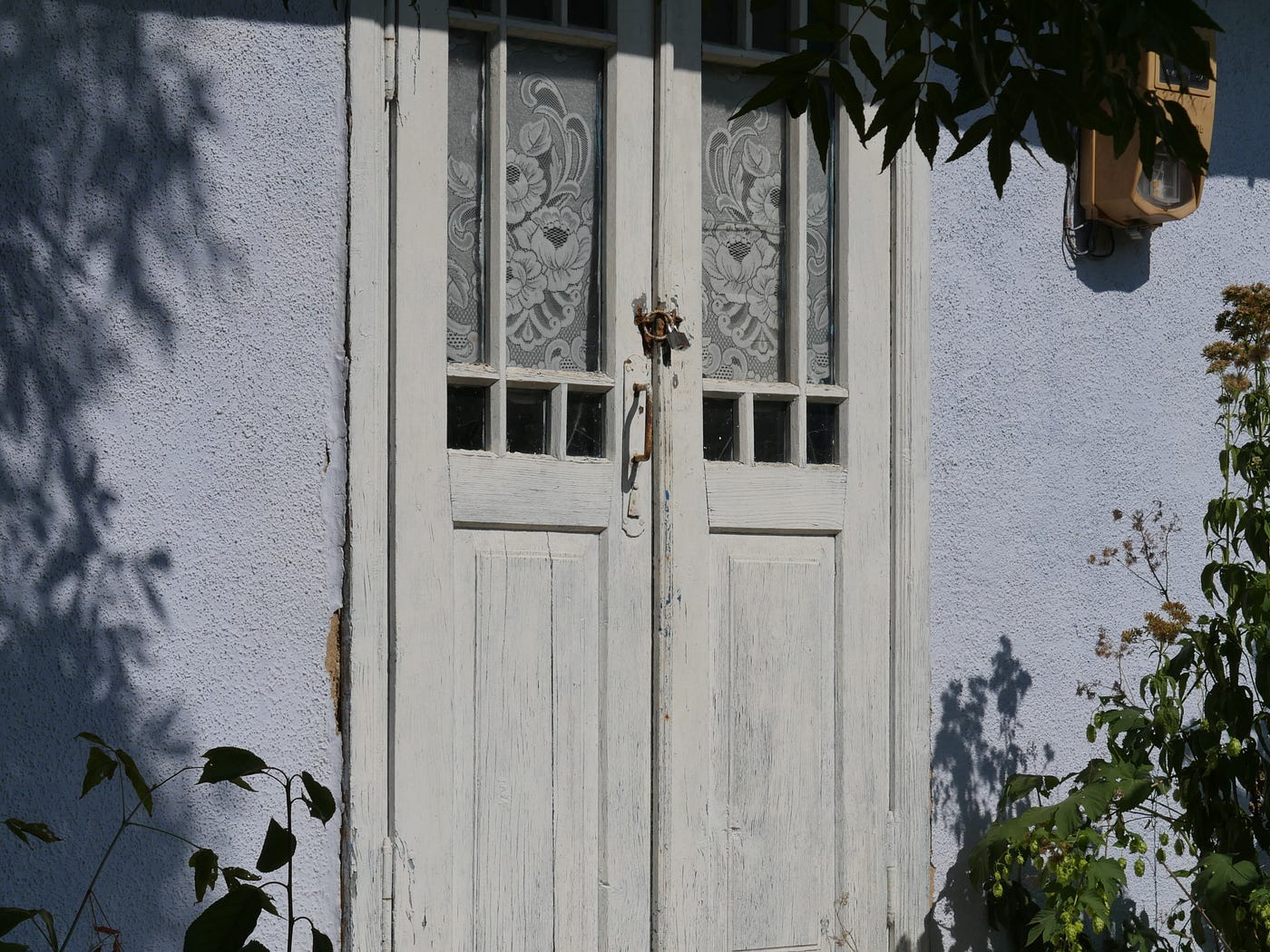
His neighbors are a station master, a Ukrainian general, and a family with three children and alcoholic parents. Everything here takes time. The roads are rocky; the canalization system needs improvement. “Everything is taking much longer than I thought!” he admits.
Returning and repairing
Wishing good luck, we drive south along the Dniester River. In Pohrebea, Nata Albot greets us with her famous wide smile. She is a well-known Moldovan journalist and event producer who spent the last ten years in Canada. “I moved back!” she now declares. Even though she lived far from her homeland, Nata always brought change and a breath of fresh air during summer visits.
She created a platform for those interested in renovating and buying old houses. With nearly 50,000 members, the Facebook group “Mă mut la țară” (“I am moving to the countryside” in Romanian) surprisingly hit the spot. “People call me, they send me messages, they ask me questions about buying and fixing houses,” Nata says. She was overwhelmed by how many people were suddenly interested in preserving their inherited childhood homes or repairing abandoned houses. Maybe it was the COVID-19 pandemic that reminded people what truly matters. Or maybe those who left Moldova are ready to look back?
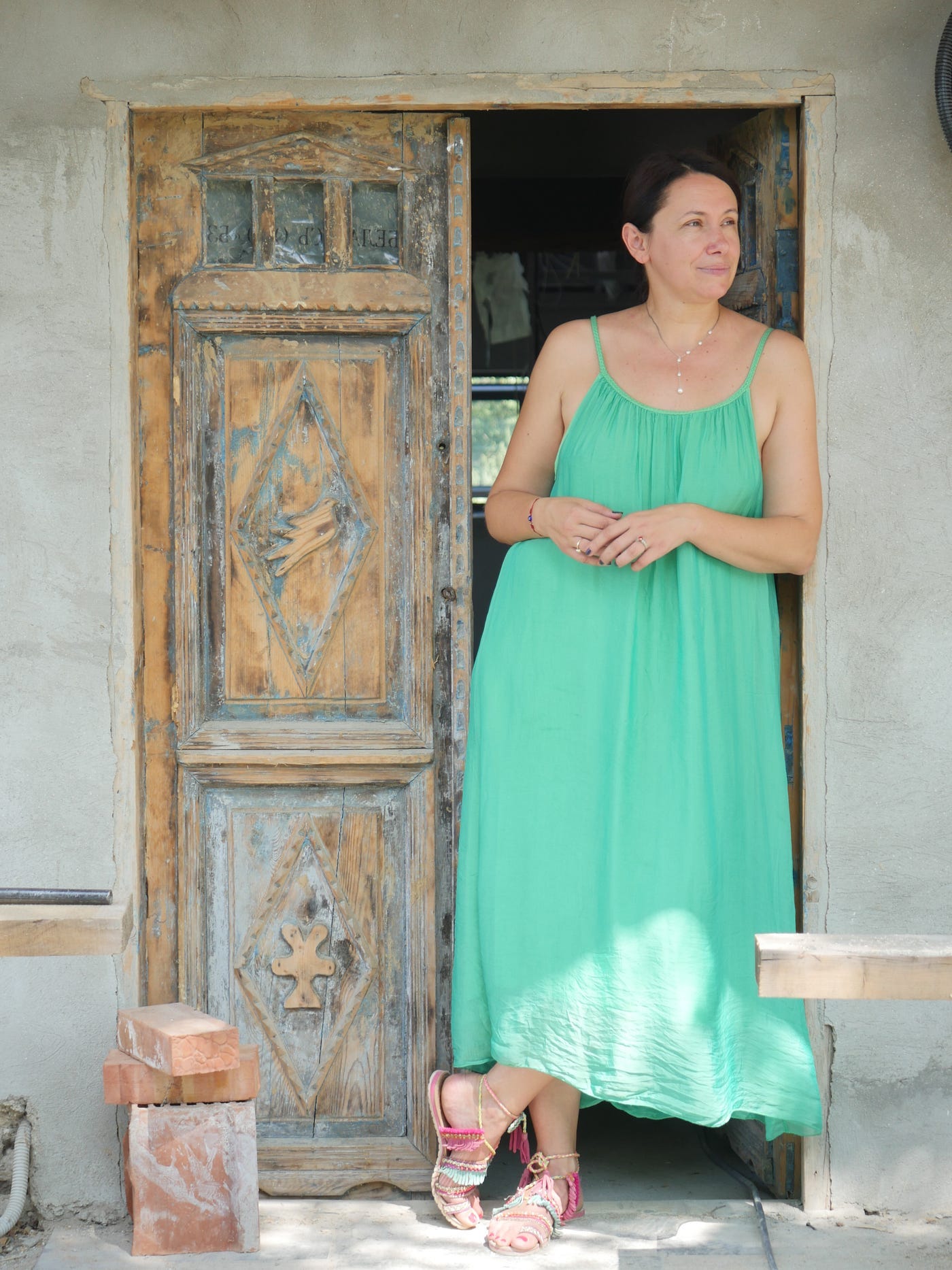
Love at first sight
While driving around the village of Pohrebea, where she is organizing summer festivals, Nata saw a 100-year-old house with pigeons carved on the doors. It felt right! It was like love at first sight. She paid €13,000 for it and is almost done with renovations. They did everything by hand. She wants to rent it out for guests in the coming months. To recreate the experience of living in a hundred-year-old house. Part of the house includes modern comfort, like an indoor bathroom and an air conditioner, to avoid scaring visitors away. With remote places, I guess it’s better to ease newcomers in slowly. Once they arrived, they’ll understand what the fuss was about.
Just like for Cristian, the path Nata chose is bumpy. “There were no factories or modern materials, and most of the materials were made from what the place was offering,” Nata explains as she gently strokes the wall. Together with her designer, Nadia Damashkan, they got bags of horse manure for the walls. Passionately, she explains how she had to stomp on the manure mixed with hay for the building material. When placed on the wall, it has to dry properly, or it will fall off. Nata: “This is what happened to us!”
Still, Nata encourages everyone to try to use the old ways of renovating. “We have to try to keep the design and the atmosphere of these houses. Together, they create this nice rural Moldova.”
She is right. Moldova may not have a coastline, high mountains, or skyscrapers in the capital, but its remote villages can strike you with magic when you least expect it. You can’t pin that feeling on a map. It happens when you let go and follow the road, even if it has many potholes.
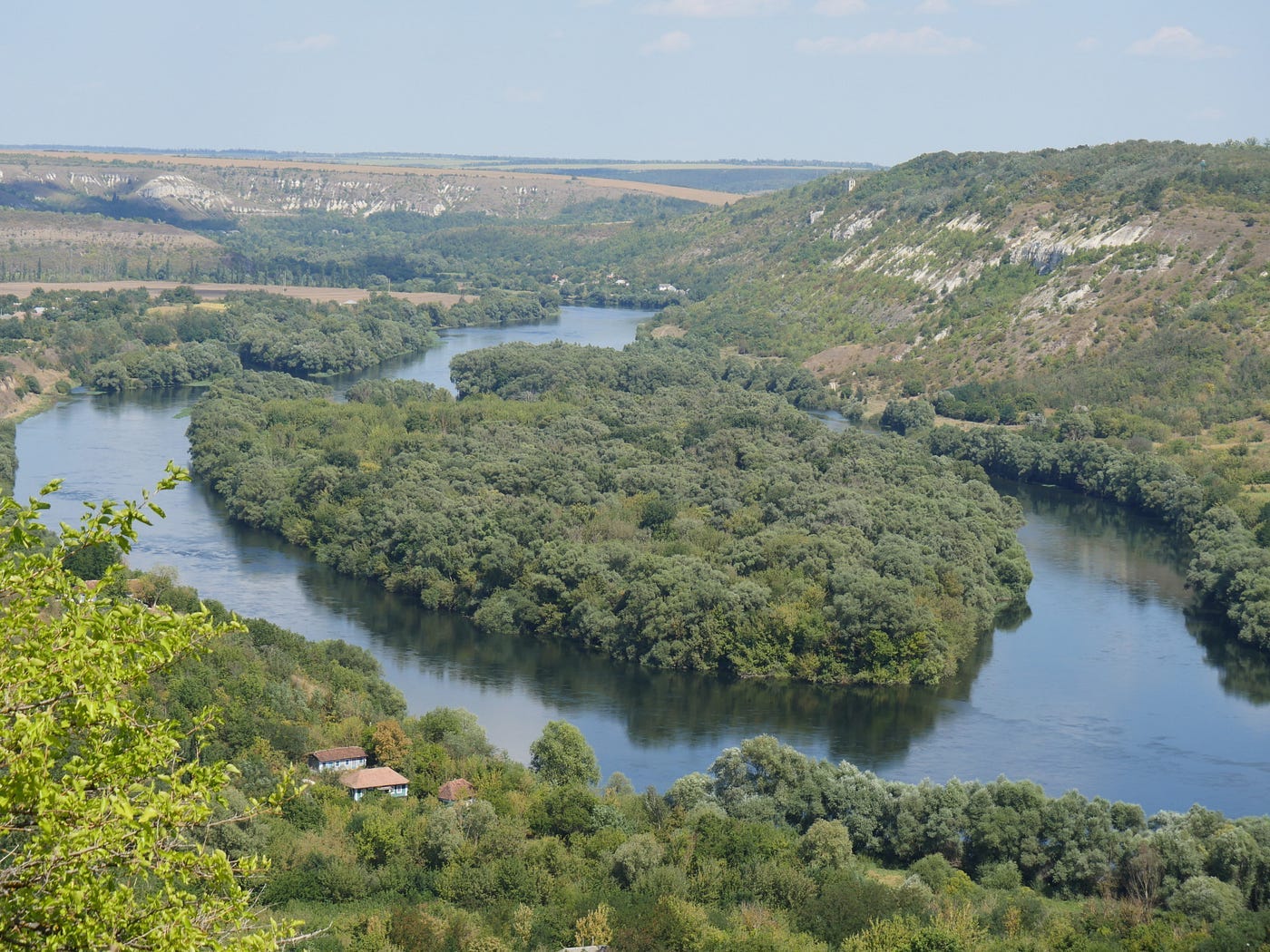
Powered by Western NIS Enterprise Fund

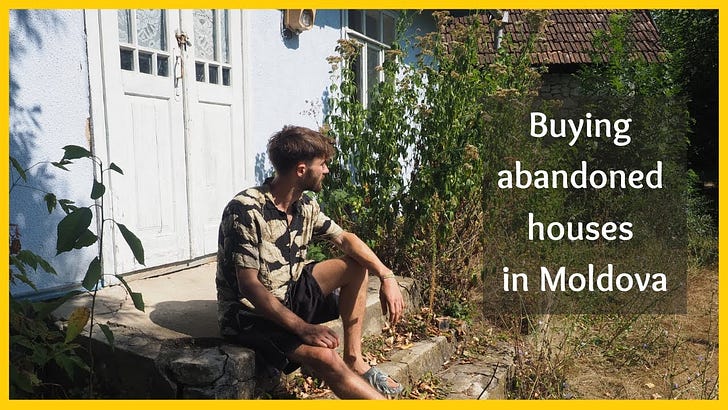



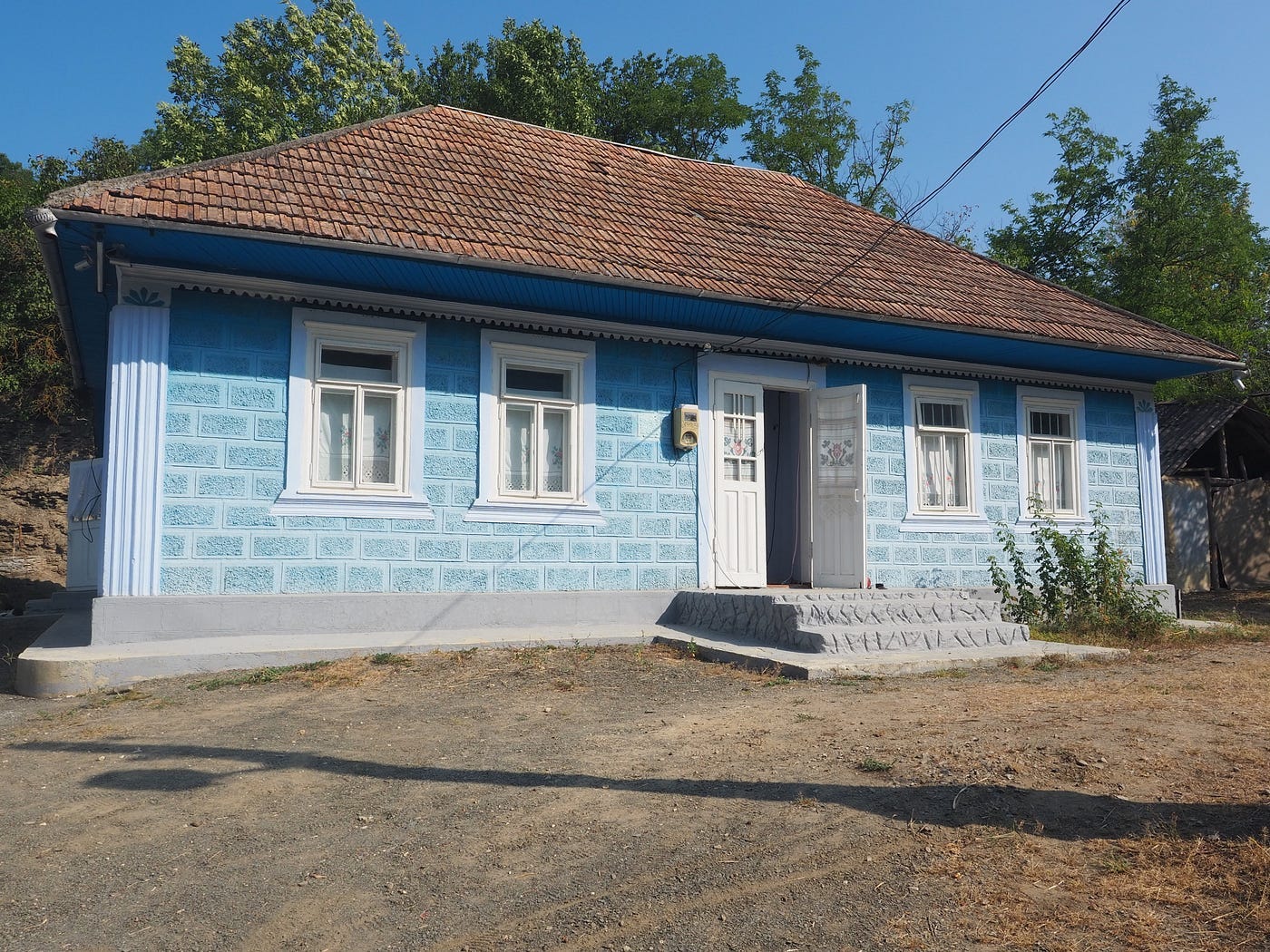



There were lots of abandoned homes in my village, or maybe owned by people who were working in Europe. I also observed a new home being built at the top of the river bluff (fantastic view), I assume hands-on by the people who would be living in it. (With cars, hilltop properties are no longer for the poor.) Maybe some builders will even resurrect the wood-carving skills that I suspect lasted until the Soviet days.
The film and photos, including the gates and ornamented tin well roofs made me nostalgic for Moldova.
This was so beautiful in more ways than one.